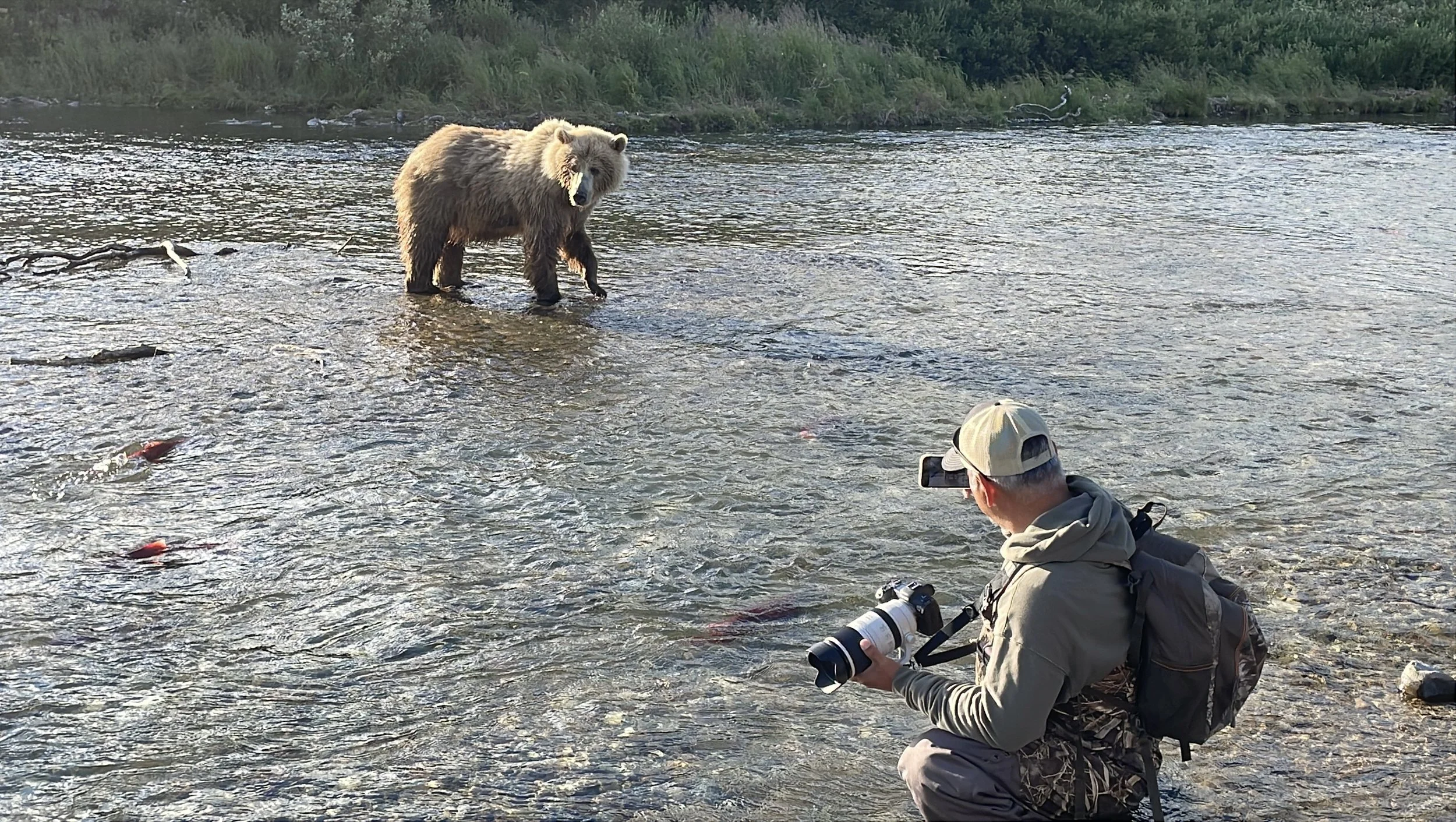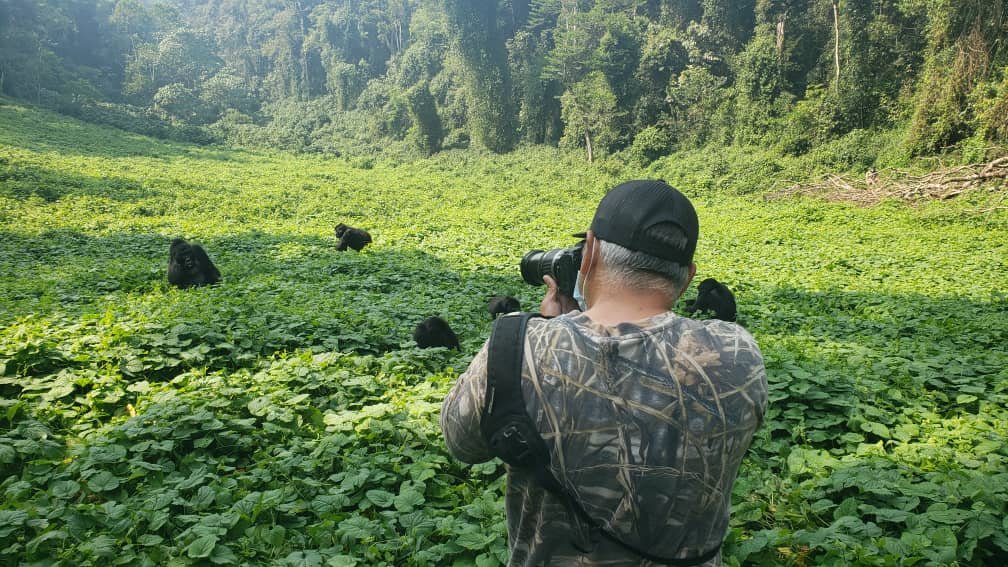Happy New Year!
Image by Becky Kegan
As we welcome 2025, we want to take a moment to reflect on the incredible journeys of 2024 and share our vision for the year ahead. Thank you for being part of this adventure with us—whether you joined us on a trip, followed our stories online, or supported our work from afar.
Your enthusiasm fuels everything we do.
Looking Back at 2024
Last year was filled with unforgettable moments. From swimming with orcas in Norway to capturing baitball action during the Sardine Run in Baja… we shared awe-inspiring experiences with amazing people.
Each trip reminded us of the beauty and fragility of the natural world and reinforced our commitment to conservation.
What’s Ahead for 2025
This year, we have new dreams…
We’re introducing a new destination, Brown Bears in Katmai. We are also enhancing our Youtube Channel, and finding even more ways to connect you with the incredible wildlife and ecosystems that make our planet so special.
Whether it’s swimming alongside humpback whales in Tonga, exploring remote mangroves for elusive predators, or photographing iconic marine life, 2025 promises to be packed with adventure.
We’re also doubling down on our conservation efforts, using our platform to raise awareness for endangered species and vulnerable habitats.
By sharing these stories, we aim to inspire others to cherish and protect what is left of our wild places that we love so much.
Join Us on This Journey.
We can’t wait to kick off this season and share this year’s adventures with you.
If you’ve been dreaming of a bucket-list trip or have a destination in mind, now’s the perfect time to make it happen.
Check out our upcoming trips and let us help you plan your next wildlife holiday.
Thank you for being part of our community.
Your support means the world to us.
Wishing you all an extraordinary 2025 filled with love, light, and adventure!



















